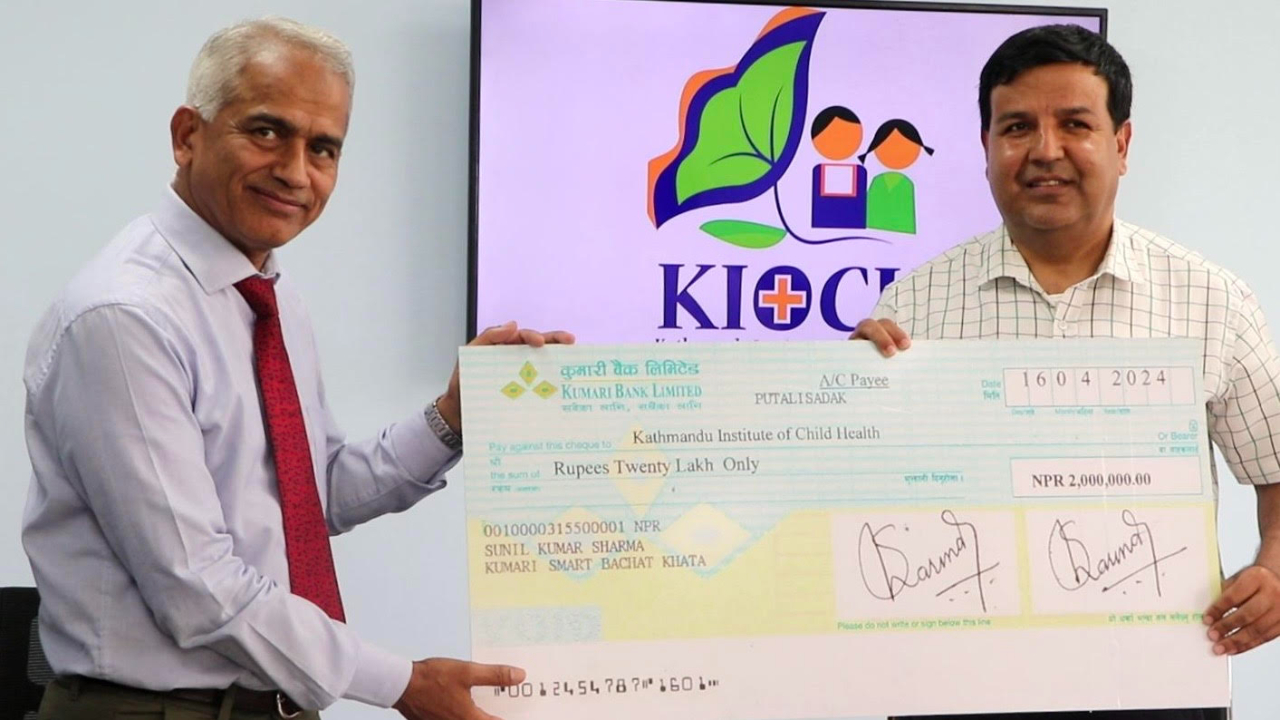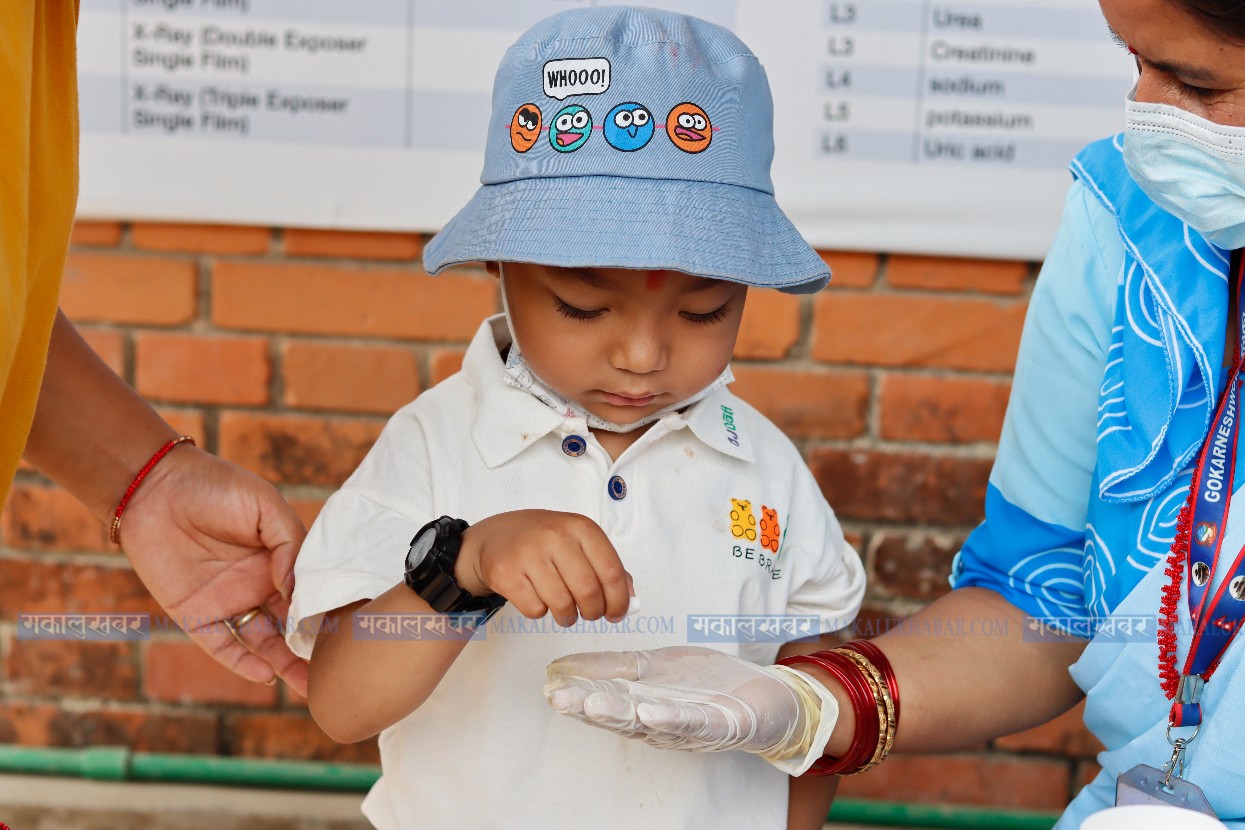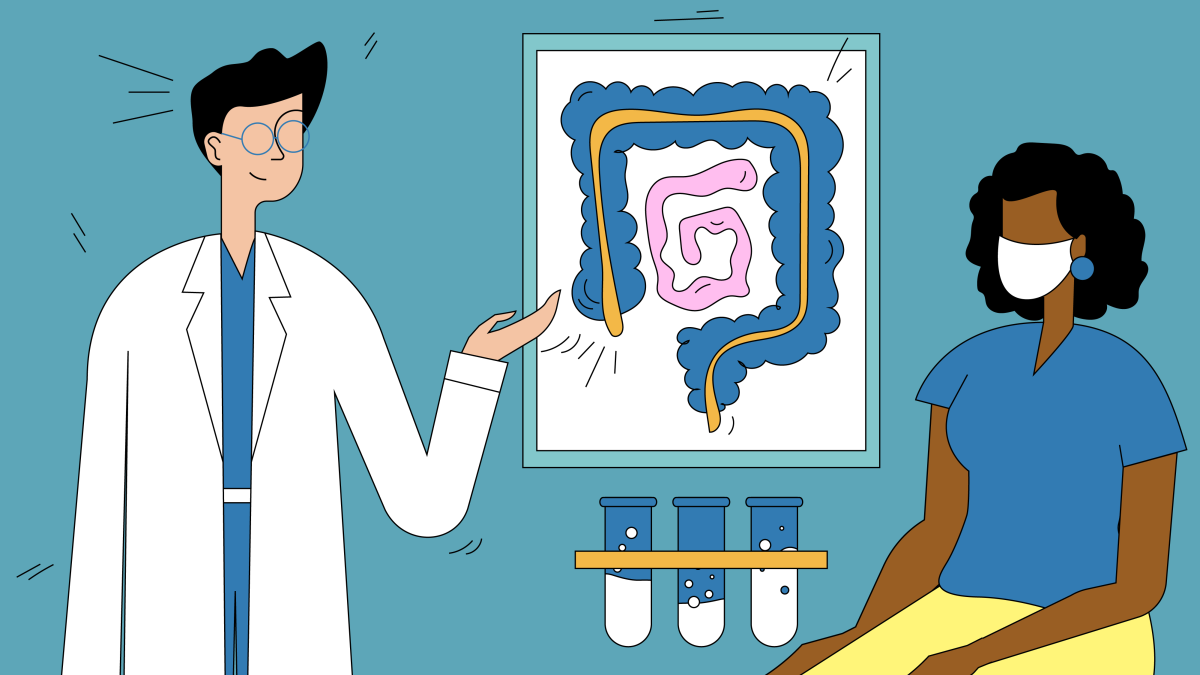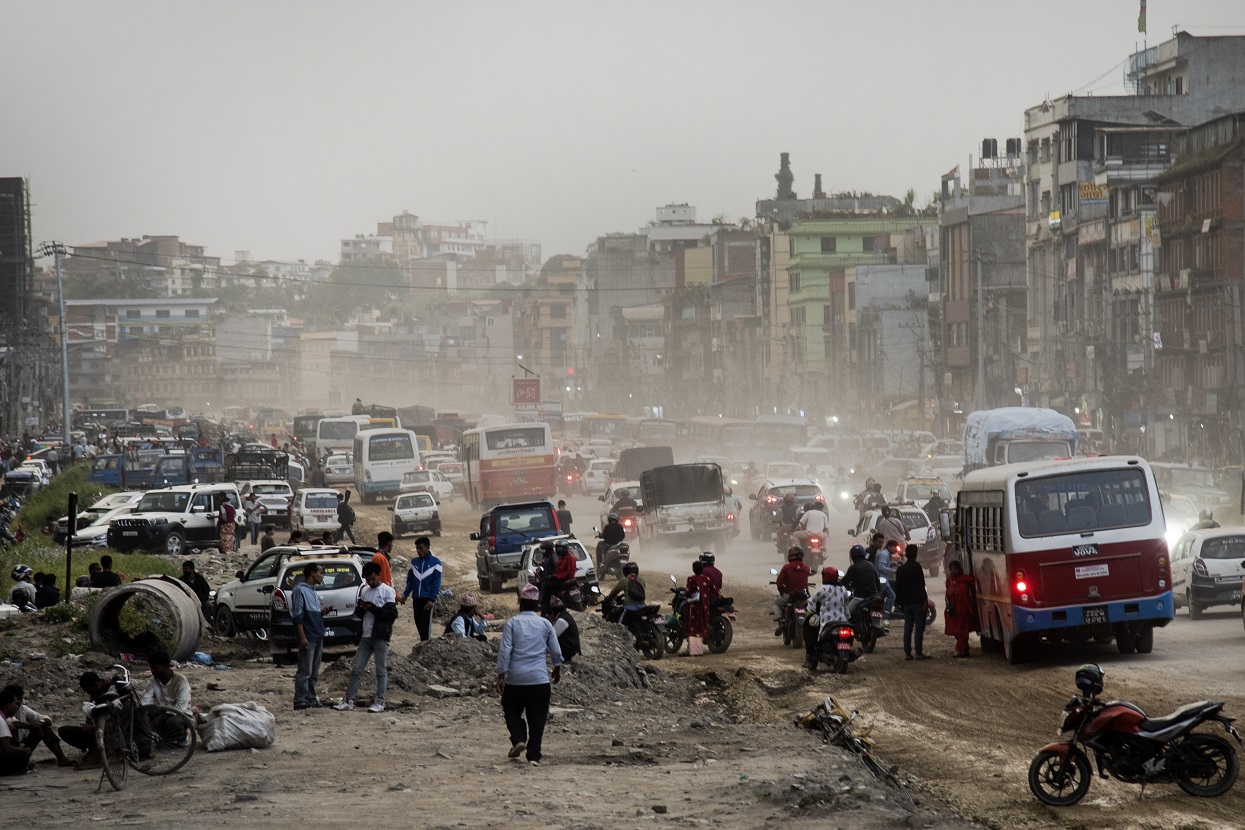Authorities planned to jab 500,000 people a day, but they are struggling
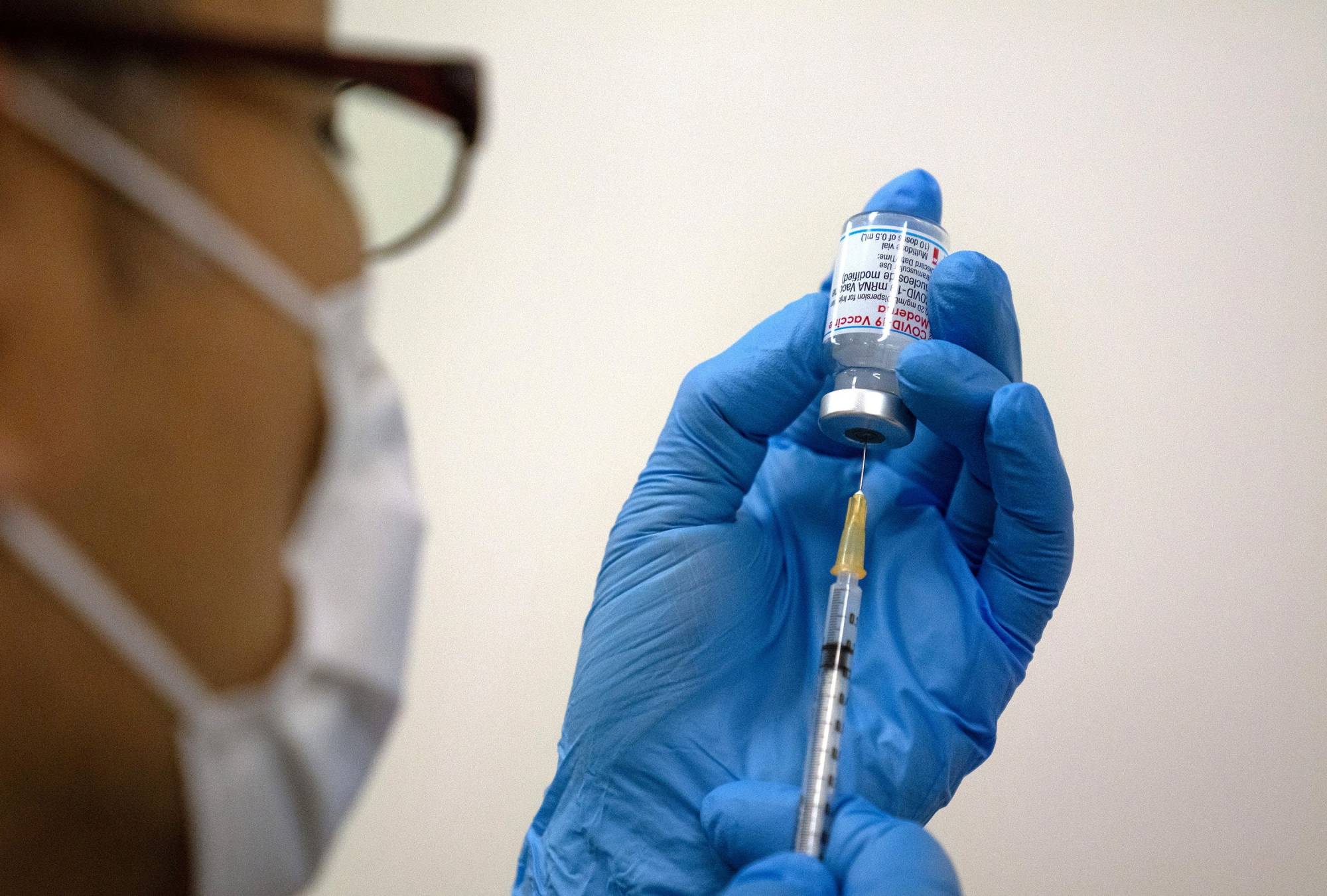
ITAHARI: JAN. 4 – On Monday, Sumitra Adhikari reached New Buspark at Gongabu to get the COVID-19 vaccine. But she returned to her rental room in Tarakeshwor Municipality unvaccinated because she could not find the vaccination centre there.
“I was told that the COVID-19 vaccine is being administered from New Bus Park. But I could not find the immunisation centre anywhere there,” said Adhikari from Tanahun.
The centre at the New Bus Park area is one of the thousands of vaccination centres set up by the health authorities to administer the COVID-19 vaccine.
The immunisation booth, which was set up near the ticket counter, has been relocated to a corner of the bus park, after the contractor of the Bus Park leased the place to a restaurant.
“We used to administer the jabs to over 500 people a day when we were allowed to set up the booth near the ticket counter,” Daman Negi, vaccine coordinator at the health department of the Kathmandu Metropolitan City, told the Post. “The number of people seeking vaccines has declined, as they seem to have failed to find the booth.”
Around 200 people get inoculated every day from New Bus Park following the relocation of the immunisation booth. Mana Maya Dhakal, 66, a resident of Dwurbang in Gandaki Rural Municipality, Gorkha has not taken the jab yet despite being in the high-risk group.
She said that her son and daughter-in-law have been inoculated and have asked her to go for vaccination, but she is not interested in vaccination.
“I think I have lived my life,” said Dhakal. “Why should people like me get vaccinated? Young people should.”
Nabin Rai, 23, from Bhojpur, who works as a labourer at a construction site in Kathmandu, said “the coronavirus is just a hoax” and he does not need the vaccine. Bir Bahadur Rai, another construction worker, said he wants to get jabbed but he does not have the time to go to the vaccination centre and his contractor does not allow him to take leave.
There are the disabled and bed-ridden elderly people who are believed to have been left out, despite being in a high-risk group.
These are multiple reasons why people are not taking the vaccine, and experts say there is a need on the part of the authorities to take multiple approaches to cover as many people as possible.
After realising that the vaccination drive had slowed down despite having doses in enough numbers, authorities on December 29 said that they were planning to launch a campaign to inoculate around 500,000 people a day. But the plan seems to have fallen flat.
Officials had said they would set up more than 16,000 vaccination centres and add more if needed and would mobilise female community health volunteers, health workers and social workers to increase the vaccination pace. Only one-fourth of the target number of people are showing up at vaccine centres.
When asked about the dismal vaccination rate, Dr Samir Adhikari, joint spokesperson for the Health Ministry, admitted that it has become very difficult to expand vaccine coverage as planned.
“The ministry has been working to increase the vaccination pace,” said Adhikari. “We have formed high-level teams at central, provincial and local levels so as to explore more ways to bring more people under the vaccination coverage. We are doing our best to vaccinate as many people as possible.”
There, however, is a lack of information on whether the government plans have been fully implemented.
Public health experts say there is no alternative to ramping up the vaccination drive, enforcing preventive measures and starting preparation for case management for possible outbreaks of the virus—either the Delta or the new variant called Omicron.
“Only by increasing the vaccination pace can we save lives,” Dr Biraj Karmacharya, an epidemiologist, told the Post. “Along with enforcing preventive measures, authorities concerned should start logistical preparations.”
As of now, 10,597,797 people or 34.9 per cent of the total population have been vaccinated. Nepal needs to vaccinate 78 per cent of its over 30 million population, or over 23,400,000 people.
Had the plan to vaccinate 500,000 people a day for 15 days been running smoothly, the country would have easily been on track to meet the target.
But the government is struggling to reach even the 40 per cent mark, after which there are plans to launch booster shots.
Experts have warned that Nepal could be hit by a third wave sooner rather than later, as Omicron is knocking on the door.
Officials at the Health Ministry suspect a surge in Omicron cases, as S-gene dropout has been found in several infected people who have returned from abroad. The Health Ministry said that daily test positivity in the districts bordering India has also increased.
India reported 33,750 Covid-19 cases in the last 24 hours. According to NDTV, India is going through an Omicron wave. The Omicron tally in India reached 1,700 as of Monday.
An official at the Department of Health Services said that it was quite concerning that authorities were failing to take concrete decisions even as the threat looms large.
“We have seen the government’s preparations and seriousness when it comes to dealing with the pandemic,” said the official, asking not to be named, as he feared retribution. “We need action, not words. There has to be plans that can be executed.”
Meanwhile, the Health Ministry has decided to administer an extended dose of vaccine from Tuesday.
The ministry has asked people with immunodeficiency, active cancer patients, people who have undergone organ transplantation, people living with HIV, those taking immunosuppressants, and those above 60 years who have taken the Vero Cell vaccine to take the extended dose.
The ministry said that people of the said groups could take the same vaccine they had been given before, but only three months after the administration of the second dose.
“The third dose is not a booster shot,” said Adhikari, joint spokesperson for the Health Ministry. “We are providing the additional dose for those having compromised immunity and people from risk age groups.”
-Kantipur Post



